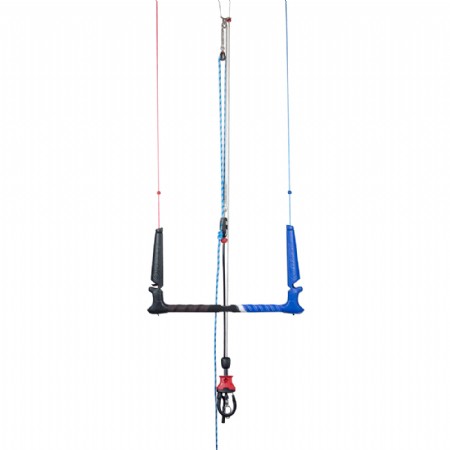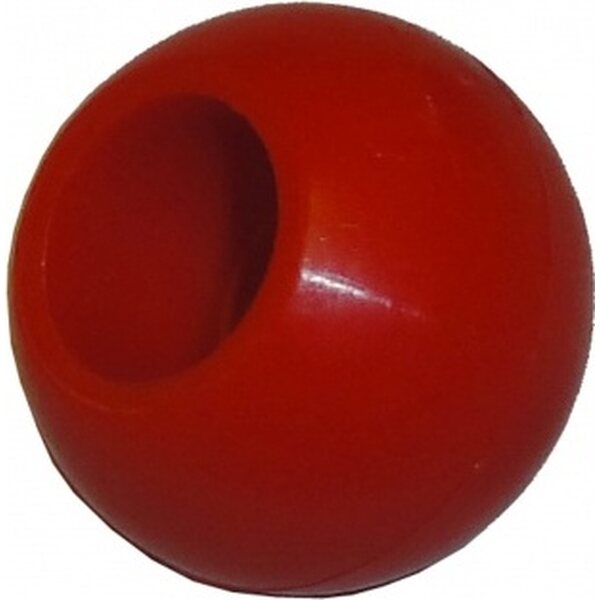

Tropospheric ozone is a secondary air pollutant that is detrimental to human health ( LRTAP Convention, 2015 WHO, 2013a US EPA, 2013), and crop and ecosystem productivity ( Ainsworth et al, 2012 Mills et al. Insufficient data exist to characterize ozone trends for the rest of Asia and other world regions.

Over the longer period 1970–2014, most Japanese sites exhibit positive 4MDA8/SOMO35 trends. Trends are unchanged at many sites when a 1995–2014 period is used although fewer sites exhibit non-significant trends. Sensitivity analysis shows AVGMDA8 trends differ with averaging period (warm season or annual). At 59% of all sites there is a common direction and significance in the trend across all five metrics, whilst 4MDA8 and NDGT70 have a common trend at ~80% of all sites. Globally, metrics at many sites exhibit non-significant trends. The other three metrics have similar, negative trends for many non-urban North American and some European and Japanese sites, and positive trends across much of East Asia. In contrast, significant positive trends are found at many sites in South Korea and Hong Kong, with mixed trends across Japan.

Between 20, significant negative trends in 4MDA8 and NDGT70 occur at most US and some European sites. For the other three metrics, distributions are similar with North–South gradients more prominent across Europe and Japan. Present-day distributions of 4MDA8 and NDGT70, determined predominantly by peak values, are similar with highest levels in western North America, southern Europe and East Asia. These metrics were explored at ozone monitoring sites worldwide, which were classified as urban or non-urban based on population and nighttime lights data. These metrics, calculated by the Tropospheric Ozone Assessment Report, are: 4 th highest daily maximum 8-hour ozone (4MDA8) number of days with MDA8 > 70 ppb (NDGT70), SOMO35 (annual Sum of Ozone Means Over 35 ppb) and two seasonally averaged metrics (3MMDA1 AVGMDA8). This study quantifies the present-day global and regional distributions (2010–2014) and trends (2000–2014) for five ozone metrics relevant for short-term and long-term human exposure.


 0 kommentar(er)
0 kommentar(er)
